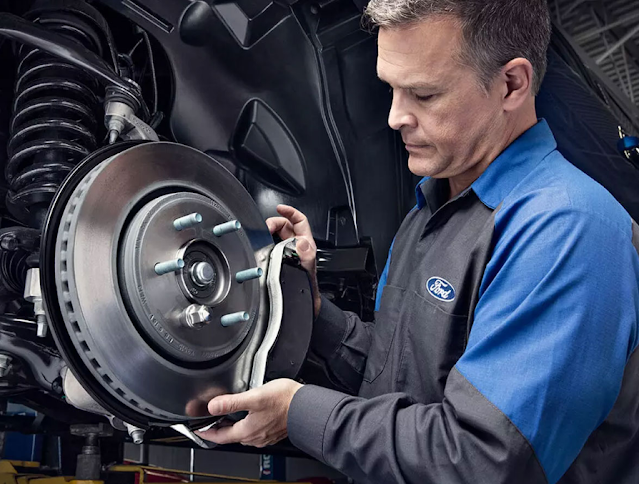The Art of Custom Packaging | A Guide to Enhancing Your Brand Identity
Why Custom Packaging Matters
Custom packaging is essential for several reasons. It not only protects your product but also serves as the first point of contact between your brand and the customer. In a world where consumers are bombarded with choices, the packaging is what often makes your product stand out on the shelf. It’s your chance to communicate your brand’s story, values, and promise to your customers.
Brand Recognition and Identity
Custom packaging is a direct extension of your brand identity. It’s the visual representation of your brand that customers see before they even experience your product. Consistent use of colors, logos, fonts, and design elements across your packaging helps build brand recognition. When customers see your packaging, they should immediately think of your brand. This level of recognition can create customer loyalty and drive repeat purchases.
Customer Experience
The unboxing experience has become a critical aspect of customer satisfaction. In the age of social media, customers often share their unboxing experiences online, which can serve as free marketing for your brand. Custom packaging allows you to create a memorable and positive experience for your customers. Whether it’s through the use of premium materials, unique opening mechanisms, or personalized messages inside the packaging, these small touches can leave a lasting impression on your customers.
Product Protection
While aesthetics are important, custom packaging is also about function. The primary purpose of packaging is to protect your product during shipping and handling. Custom packaging allows you to design the packaging to fit your product perfectly, reducing the risk of damage. This is particularly important for fragile or high-value items, where the cost of damaged goods can be significant.
Sustainability
With growing awareness of environmental issues, many consumers are looking for brands that prioritize sustainability. Custom packaging can help you meet these demands by allowing you to choose eco-friendly materials and design packaging that minimizes waste. This not only appeals to environmentally-conscious consumers but can also reduce your overall packaging costs.
Differentiation from Competitors
In a crowded market, custom packaging can be the differentiating factor that sets your product apart from competitors. Unique and innovative packaging designs can catch the eye of consumers and make your product more attractive. This is particularly important in industries like cosmetics, food, and beverages, where packaging often plays a significant role in purchasing decisions.
Elements of Effective Custom Packaging
Creating effective custom packaging involves several key elements that should be carefully considered to ensure it aligns with your brand and meets your business goals.
Design and Aesthetics
The design of your packaging should reflect your brand’s personality and values. For example, a luxury brand might opt for minimalistic, high-end packaging with a focus on quality materials, while a playful and creative brand might use bold colors and quirky designs. The design should also be consistent across all your packaging to maintain brand cohesion.
Material Selection
The choice of materials is critical in custom packaging. Depending on your product, you might need to choose between paperboard, corrugated cardboard, plastic, or even sustainable materials like recycled paper or biodegradable plastics. The material should not only protect the product but also enhance its perceived value.
Functionality
Custom packaging should be functional and user-friendly. It should be easy to open, store, and dispose of. If your product is something that consumers will use regularly, consider packaging that can be reused or repurposed. Functional packaging adds value to the product and improves the customer experience.
Print Quality and Finishing
The quality of the printing and finishing on your packaging can significantly impact how it is perceived. High-quality printing with sharp colors and clear text can make your packaging look more professional and premium. Finishing options like embossing, foil stamping, or matte lamination can add a tactile element to your packaging, making it more engaging for the customer.
Customization Options
Custom packaging isn’t just about slapping a logo on a box. It’s about creating a unique experience for your customers. Consider offering personalized packaging options where customers can add their names or choose from different designs. This level of personalization can create a deeper connection between your brand and the customer.
Conclusion
Custom packaging is more than just a box; it’s a powerful marketing tool that can enhance your brand’s identity, protect your products, and create a memorable customer experience. By investing in custom packaging, you can differentiate your brand from competitors, meet the demands of today’s consumers, and ultimately drive business success. In a world where first impressions matter, custom packaging is your opportunity to make a lasting impact.




Comments
Post a Comment